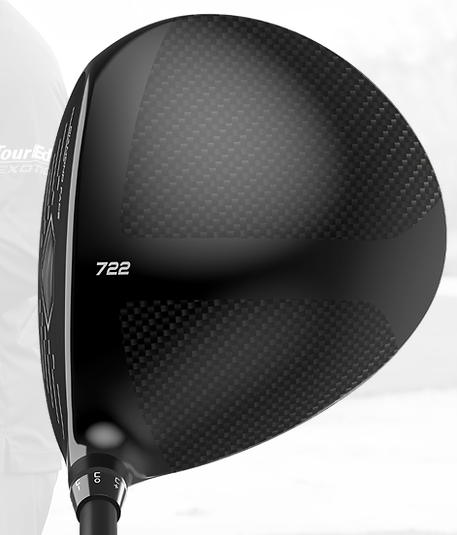
Adding 10 yards to your typical drive can transform your game, leaving you with shorter approaches and boosting your confidence. Thanks to Dan Burnfield of Augusta Custom Clubs new proprietary fitting system, we can help you get the most out of your driver. The driver is the one club in the bag where we want the most yards we can obtain. But we also want consistency and decreased dispersion.
Dan has developed a new performance indicator for the driver. He calls it the quality factor. The quality factor is the distance the ball travels divided by the dispersion.

From this formula, you can see that as the distance increases, the Quality Factor increases. Likewise, as the dispersion goes down, the Quality Factor also increases.
So how does Dan get this increase in quality factor?
There are five secrets to clubfitting for the driver. They are:
1. Getting the right length,
2. Getting the right weight,
3. Getting the proper shaft flex and flex profile,
4. Getting the right driver head,
5. Getting the correct grip.
His five fitting secrets are based on eight years of analyzing many swings and reading books on clubfitting and swing analysis.
He's taken the error out of clubfitting trial and error. Golfers like you can now get hard evidence to prove which length, weight, and flex work best. So, let's get started on learning the secrets to fitting the driver.
Dan has fit many golfers since he first opened Augusta Custom Clubs. Of those, only about 5% used a driver he couldn't improve with the tools he inherited from many other clubfitters or that he developed on my own. They're the lucky players whose swings match the off-the-rack specs found on most drivers. That means there's a 90 percent chance you're not one of them, costing you yards and accuracy. For you, a custom-fit driver is a necessity.
While there will always be some trial and error in clubfitting, traditional clubfitting methods (including some that he’s used) rely more heavily on trial and error than his current system, which means with the other systems there's always a chance of more error. We now have a tangible evidence-based system to help us select the shaft.
So why is the shaft so important? You have heard it said that the shaft is the engine of the golf club. – Baloney! You are the engine, but the shaft is the transmission. It is the element that transmits the force of your body to the clubhead, and the clubhead transmits that energy to the golf ball.
So, looking at the five secrets, I noted above. The shaft plays the only significant role in three of the five; length, weight, and flex/flex profile.
So, let's first talk about secret number 1 length.
It's not complicated: To max out driving distance, you must max out ball speed at contact. How? By swinging the club as fast as possible while making contact on the sweet spot. You can only do that consistently if your shaft is the correct length. If it is too long or too short you will lose yards and consistency. One study surprisingly found that the ratio of the forearm length to the upper arm length dictated the club's length. This study found that golfers frequently needed drivers longer than 46 inches. On the other hand, I have only found a handful of golfers who need a driver greater than 44.5 inches long and have never fit a golfer in a club longer than 45.5 inches. When the USGA changed the rules for elite golfers to allow a maximum length of 46 inches, very few professional golfers had to change the length of their drivers.
It is more important to hit the ball in the center of the clubface than to have a longer shaft.
Let's look at what club length does for the golf swing. Let's take two cases the club that is 44 inches long and the club that is 46 inches long. We are going to assume here, the golfer turns with the same rotational velocity regardless of club length. We will also assume the golfer has an average arm length of 25 inches and that the golf ball travels about 2.5 yards per mph of club head speed. Now, if the golfer swings the 46-inch driver at a given club head speed, what will the resultant loss of yardage be for the 44-inch driver?
Dan can show the average to slightly above average golfer gains about 7 yards by going to a 46-inch driver from a 44-inch driver.
But Dan’s studies have consistently shown that if we hit the ball off-center by as little as ½ inch, we lose all that potential yardage gain. Further, as the distance of the club increases, the pattern on the clubface tends to increase in size, and we end up hitting shots with greater dispersion. So, our quality factor goes down for two reasons. Ouch.
What then is the proper way to fit golfers for a driver? Some fitters rely solely on measuring the wrist to floor measurement. While that is better than nothing, it leaves a lot to chance. What is the golfer's posture during the stroke? What is their wrist-to-floor measurement in their golf posture? What is their wrist-to-floor measurement at contact?
In Dan’s system, we rely on hitting clubs of various lengths. We start with a club that is 44 inches long and see what kind of pattern is on the clubface. We want that pattern to stay the same as we increase the shaft length. When that pattern increases, we stop the fitting for length and move on to fitting for weight. And that is where we will start in the next episode.